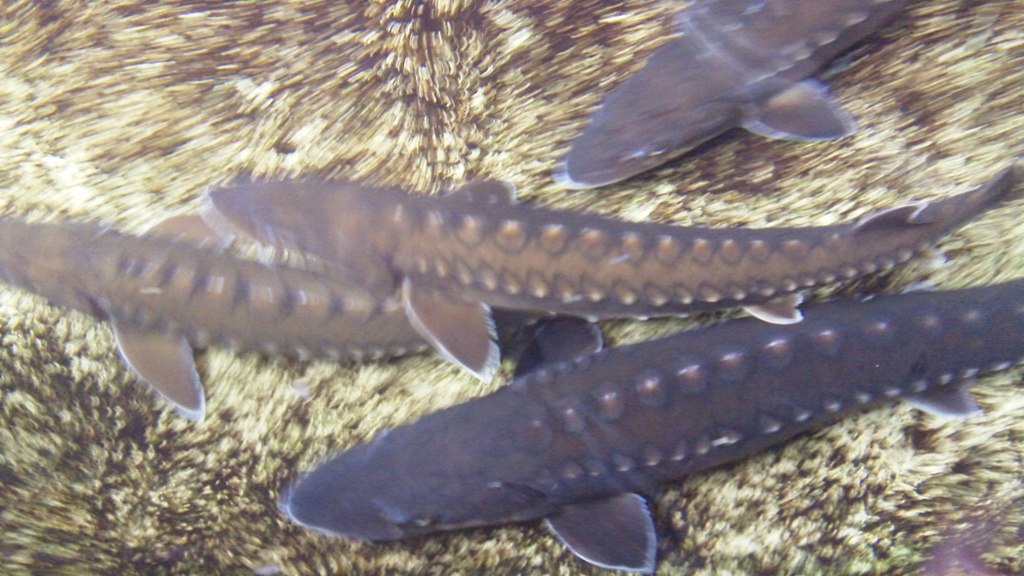(MyKeeneNow) – Recent environmental DNA (eDNA) analysis has confirmed the presence of the endangered shortnose sturgeon in the Connecticut River, extending as far north as Bellows Falls, VT, and Turners Falls, MA. This marks the first time that DNA evidence has been found of this rare fish species in this stretch of the river, signaling a significant discovery for conservation efforts.
The investigation, spearheaded by the Connecticut River Conservancy (CRC), utilized cutting-edge eDNA techniques to detect traces of shortnose sturgeon in water samples. This study was led by CRC’s New Hampshire River Steward, Dr. Kate Buckman, in collaboration with James Garner, a PhD candidate from the University of Massachusetts who specializes in eDNA research.
Leveraging existing research and eyewitness accounts, the CRC team targeted specific areas of the river for sampling. The initial round of testing, conducted in June and July, yielded positive results from locations in Northfield, MA, Vernon, VT, and Westmoreland, NH. These findings provide the first concrete evidence of the species in these northern waters, an area where their existence had only been hypothesized based on anecdotal reports.
The shortnose sturgeon, a federally endangered species, was historically found throughout the Connecticut River watershed. However, habitat degradation, commercial fishing, and the construction of dams have severely impacted their populations. While a breeding population is known to exist downstream of Turners Falls, the discovery of their presence upstream challenges current assumptions about the sturgeon’s range and may prompt new conservation measures in the region.
eDNA analysis, which detects genetic material shed by organisms into their environment, proved instrumental in this discovery. This method is particularly valuable for monitoring rare species, as it requires less invasive sampling techniques compared to traditional methods. By collecting and analyzing water samples, researchers can identify the presence of specific species based on the DNA left behind.
The CRC’s ongoing research will continue throughout the fall and winter to gather more data on the shortnose sturgeon’s presence in the upper Connecticut River. Further positive findings could bolster efforts to protect this species in the region, ensuring that the shortnose sturgeon receives the necessary safeguards to survive and thrive.
This research is supported by grants from the Lucy Downing Nisbet Charitable Fund and the Jack and Dorothy Byrne Foundation, allowing the CRC to continue its vital work in preserving the Connecticut River’s biodiversity into 2025.




